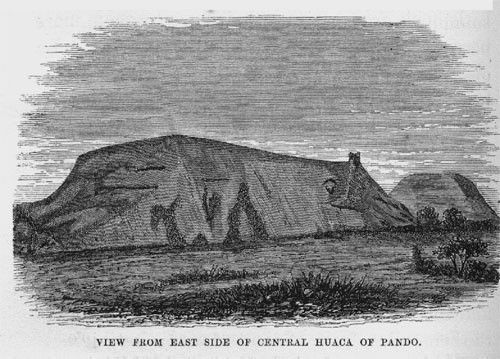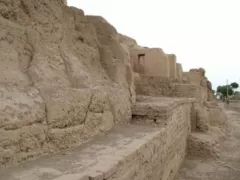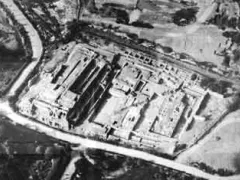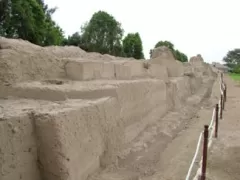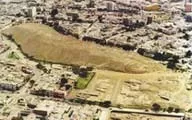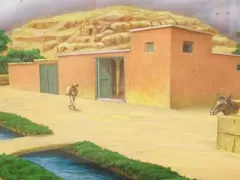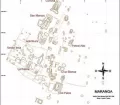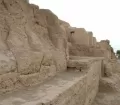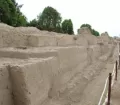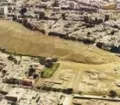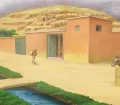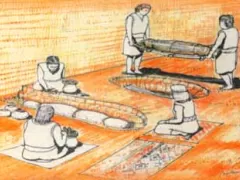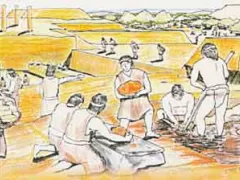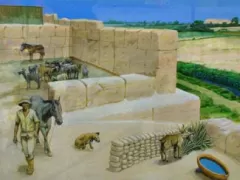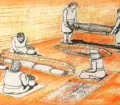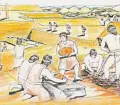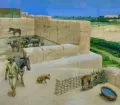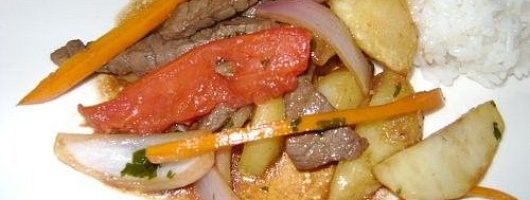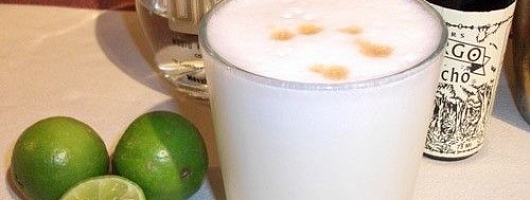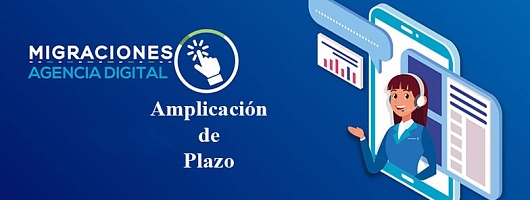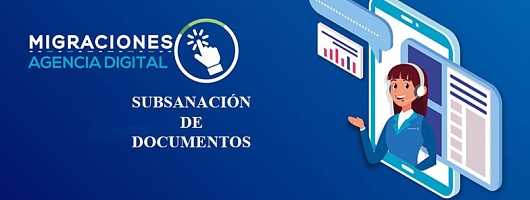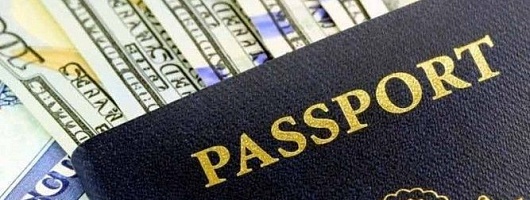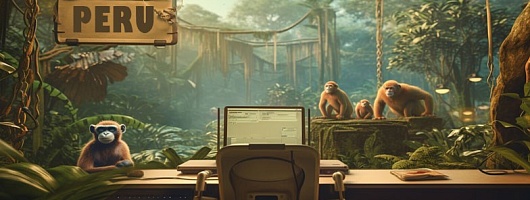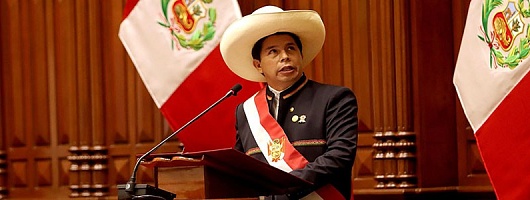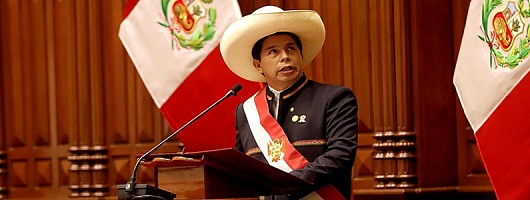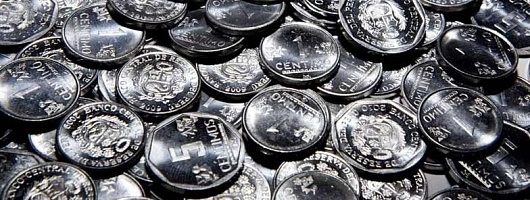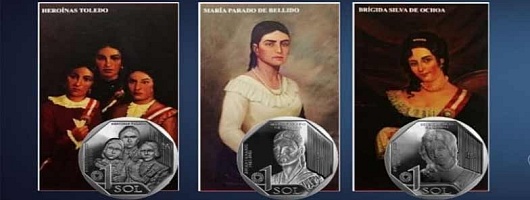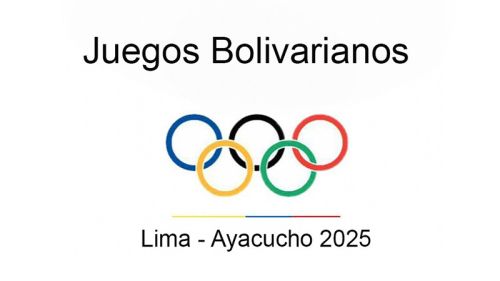After the decline of the Chavin, a new civilization arose in the area of today’s Lima around 150 AD which brought significant progress and changes to the region. The Maranga Culture, also known as the Lima Culture, at first inhabited only the area of today's districts of Callao, La Punta, Bellavista and La Perla. However, adapting and refining the agricultural and irrigation knowledge of the Chavin, they improved the usage of available resources, which allowed them to cater for a bigger population and expand their influence.
The Maranga constructed the first channels from the Rimac River to irrigate the desert lands on the outskirts of Callao and the eastern parts of the valley. Even today, parts of these channels still exist. This irrigation system was an outstanding achievement of engineering for the time. To maintain the channels and ensure an equal distribution of the water among the people, an advanced social organization was required.
The Urban Centers of the Maranga in Lima
The Maranga soon spread throughout the valley and populated the entire region of current-day Lima. They built extensive urban centers with monumental pyramidal structures, known as huacas, which after their decline were altered and extended by later cultures. The center of their administrative, economic, and religious activities, however, was the City of Maranga, which was one of the largest populated areas in the Lima valley in pre-Hispanic times and is considered the cradle of Lima.
The city contained impressive monuments, numerous pyramids, palaces, temples, administrative centers, an ancient wall, roads, residential areas, water reservoirs and irrigation channels.
While most of this huge ancient city is long gone or buried underneath today’s Lima, some remains, which are only a tiny fraction of what was once the city of Maranga, including parts of the city wall and a few clearly Maranga built pyramidal structures such as the Huaca San Marcos, the Huaca Concha, the Huaca Middendorf and the Huaca Potosi Alto, can still be found beautifully restored at the Parque de las Leyendas in Lima’s district of San Miguel.
Additionally, it is assumed that other ancient complexes built outside the City of Maranga like the Huaca Huallamarca in Lima's district of San Isidro and the Huaca Pucllana in Lima's district of Miraflores were built by the expanding population of the Maranga and used as administrative centers for their different irrigation zones. According to partly proven assumptions of leading experts, the Maranga people also built the oldest structures of the famous Archaeological Complex of Pachacamac including the Old Pachacamac Temple (Huaca Lima) and another construction, which is assumed to be still buried under the great Temple of the Sun.
The Maranga are also believed to have laid the foundation of the ancient City of Cajamarquilla and another ancient city only slightly smaller than Maranga referred to as Limatambo or Huacas de Lince at the border of today's districts of San Isidro and La Victoria. Unfortunately, from the at least 11 structures only two, the Huaca Santa Catalina and the Huaca Bolconcillo, partly survived to this day.
Anyway, the Maranga were a great civilizations that had a crucial influence on the development of the area we today know as Lima.


